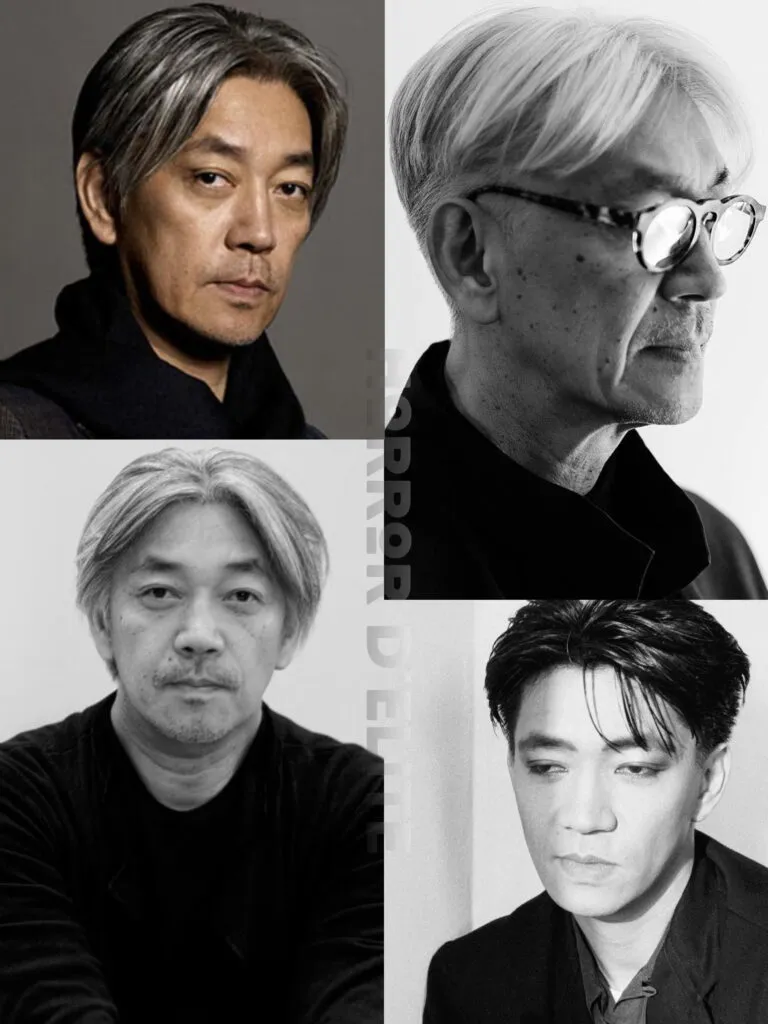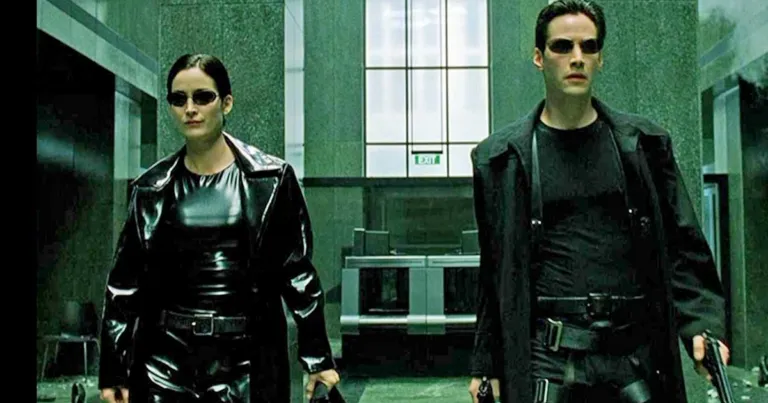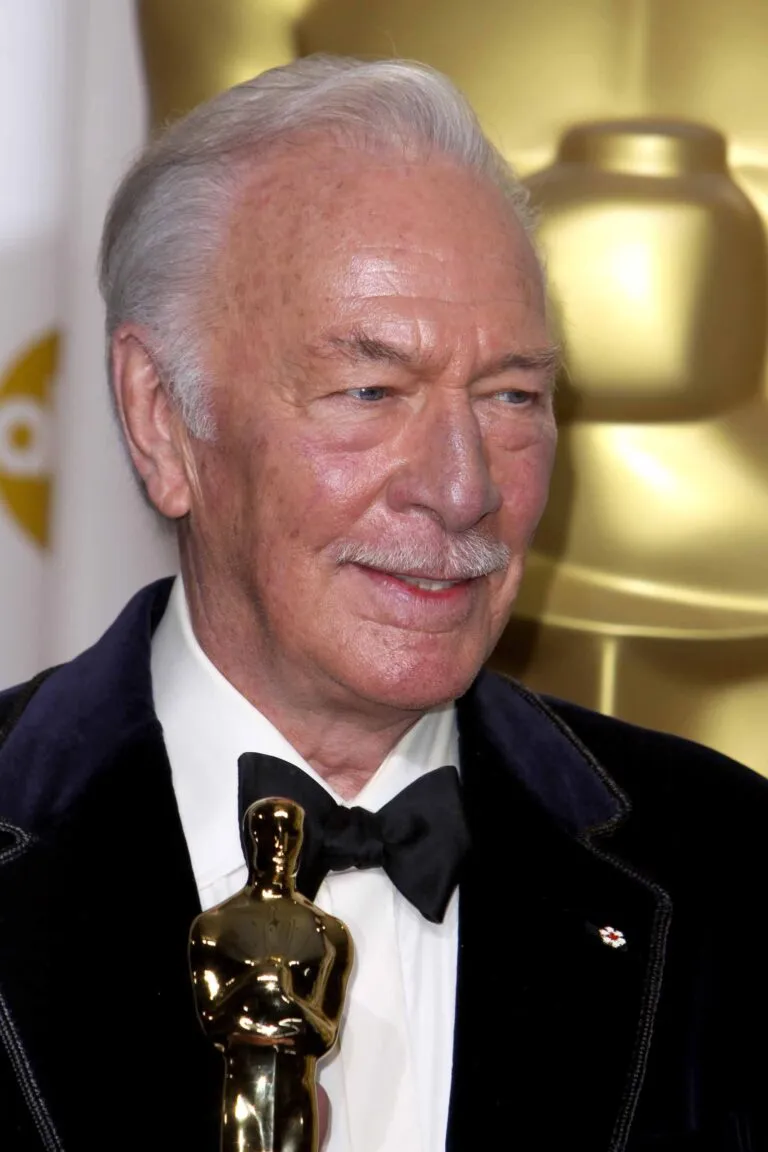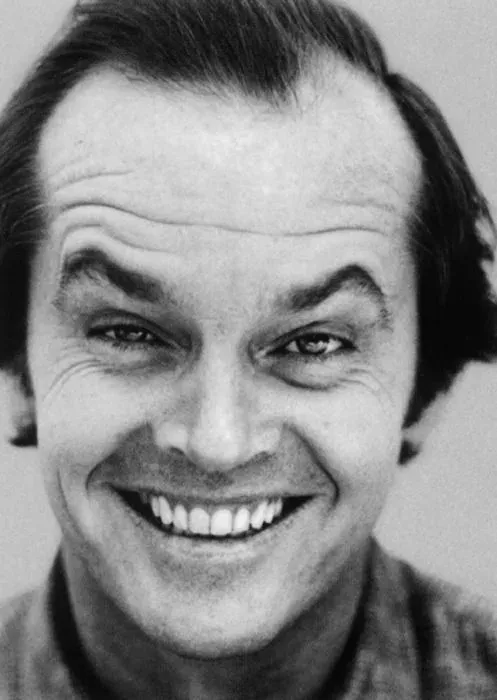John Alcott and Natural Light
John Alcott is one of the most celebrated and influential cinematographers in the history of cinema, best known for his extraordinary collaboration with legendary director Stanley Kubrick. Born on November 27, 1931, in London, Alcott helped redefine modern cinematography through his work on some of the most iconic films of the twentieth century. His ability to innovate, experiment with natural light, and create visually stunning images has left an indelible mark on the world of cinema.
 The Beginnings and Collaboration with Stanley Kubrick
The Beginnings and Collaboration with Stanley Kubrick
John Alcott grew up in a family immersed in the film industry. His father, Arthur Alcott, was a camera operator, and it was through him that John began working in the field, initially as an assistant. Thanks to this early experience, Alcott developed a solid understanding of shooting techniques and cinematic technology.
The turning point in his career came when he started working with Stanley Kubrick. Initially, Alcott was brought on as a camera operator for the film “2001: A Space Odyssey“ (1968), a project that revolutionized the science fiction genre. During production, Alcott began collaborating more closely with Kubrick, demonstrating an incredible talent for translating the director’s vision into breathtaking images. Although the official cinematographer for the film was Geoffrey Unsworth, Alcott played a crucial role in completing the shoot and shaping the film’s visual aesthetic.
 “A Clockwork Orange”: A New Standard in Cinematography
“A Clockwork Orange”: A New Standard in Cinematography
After the success of “2001: A Space Odyssey,” Kubrick chose Alcott as the cinematographer for his next project, “A Clockwork Orange” (1971). This film represented a turning point not only for Kubrick but also for Alcott, who contributed to creating a unique visual aesthetic that made the film instantly recognizable.
“A Clockwork Orange” is known for its bold and innovative visual style, reflected in the use of symmetrical framing, distorted perspectives, and sharp, contrasting lighting. Alcott masterfully utilized natural light, as in the famous scene at the Korova Milk Bar, where the neon lighting creates a surreal and disorienting atmosphere. Additionally, the use of exaggerated wide-angle lenses contributed to giving the film an alienating and claustrophobic aesthetic, perfectly in tune with themes of violence and psychological control.
“Barry Lyndon”: The Mastery of Natural Lighting
One of John Alcott’s greatest triumphs is undoubtedly “Barry Lyndon” (1975), a film that stands as one of the highest examples of using natural light in cinematography. Kubrick and Alcott decided to shoot much of the film using only natural light, including many interiors lit exclusively by candles. This decision posed a huge technical challenge, as the film stocks of the time were not particularly sensitive to light.
To overcome this obstacle, Alcott and Kubrick used special Zeiss lenses with an f/0.7 aperture, originally developed for NASA, which allowed them to capture images with minimal lighting. The result was a film that looked like a living painting, with scenes evoking the beauty and complexity of 18th-century artworks. The cinematography of “Barry Lyndon” is characterized by extraordinary attention to detail, with a masterful use of light to create rich and immersive atmospheres.
For his work on “Barry Lyndon,” John Alcott won the Oscar for Best Cinematography in 1976, a recognition that crowned an already extraordinary career and solidified his reputation as one of the greatest cinematographers of all time.
 “The Shining” and the Expansion of Visual Horror
“The Shining” and the Expansion of Visual Horror
After “Barry Lyndon,” Alcott returned to collaborate with Kubrick on “The Shining“ (1980), another cinematic masterpiece that would further demonstrate his mastery in creating visually powerful atmospheres. “The Shining” is a horror film, but its visual strength derives not only from its unsettling images but also from the innovative use of light, composition, and camera movement.
One of the most revolutionary techniques used in “The Shining” was the use of the Steadicam, a relatively new technology at the time, which allowed Kubrick and Alcott to create smooth and dynamic sequences, such as the famous shots in the hallways of the Overlook Hotel. Alcott’s cinematography in “The Shining” is cold, calculated, and meticulous, with shots that emphasize the geometry of the spaces and contribute to a growing sense of isolation and terror.
Alcott’s visual choices in “The Shining” have become iconic, and the film is now considered one of the best examples of how cinematography can be used to amplify the emotional and psychological impact of a story.
Other Works and Personal Style
Although John Alcott is primarily remembered for his collaboration with Stanley Kubrick, he also worked with other talented directors, bringing his unique vision to a variety of cinematic genres. He collaborated with Roger Corman on films such as “The Terror” (1963) and worked on successful Hollywood productions like “Greystoke: The Legend of Tarzan, Lord of the Apes” (1984), for which he received a BAFTA nomination.
Alcott’s style is characterized by a sophisticated use of light and the ability to create visual atmospheres that support and amplify the narrative. He was a master at bringing out visual beauty through natural lighting, but he was also capable of manipulating artificial light in innovative ways to create powerful and memorable images. His attention to detail and perfectionism on set made him one of the most respected and influential cinematographers of his generation.
Legacy and Influence
John Alcott has left a lasting legacy in the world of cinema. His ability to combine technical experimentation with strong artistic sensitivity has inspired generations of filmmakers and cinematographers. The films he worked on are considered milestones in cinematography, and his work continues to be studied and admired for its innovation and visual beauty.
Alcott is often cited as a model of excellence in the field of cinematography, and his work has helped elevate the status of the cinematographer from a mere technician to a true artist. His influence is evident in many modern films, where natural light and meticulous composition remain key elements of visual storytelling.
Conclusion
John Alcott was a master of light and composition, capable of transforming every shot into a work of art. His collaboration with Stanley Kubrick produced some of the most visually impressive films in cinema history, and his work continues to inspire filmmakers around the world. With an unparalleled attention to detail and an innate ability to harness natural light in innovative ways, Alcott redefined what cinematography can achieve, leaving an indelible mark on the history of cinema.
Don’t miss reading articles about the other cinematographers who have defined horror cinema… they have not only improved the films they worked on but have also elevated the horror genre to new artistic heights. Their unique visions and innovative techniques continue to influence horror cinema, making these films unforgettable milestones in the cinematic landscape.
Subscribe to our YouTube channel

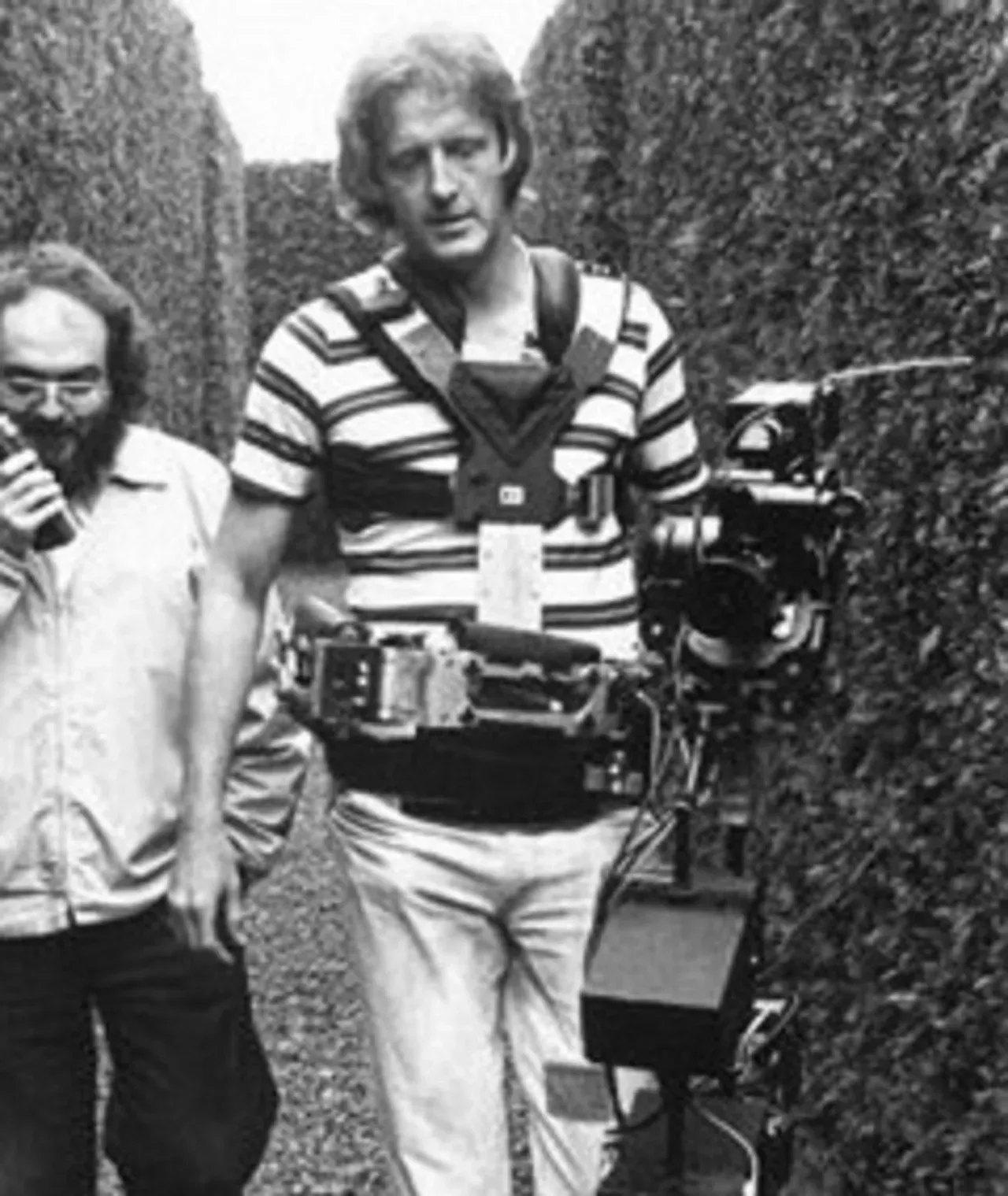
 The Beginnings and Collaboration with Stanley Kubrick
The Beginnings and Collaboration with Stanley Kubrick “A Clockwork Orange”: A New Standard in Cinematography
“A Clockwork Orange”: A New Standard in Cinematography “The Shining” and the Expansion of Visual Horror
“The Shining” and the Expansion of Visual Horror
